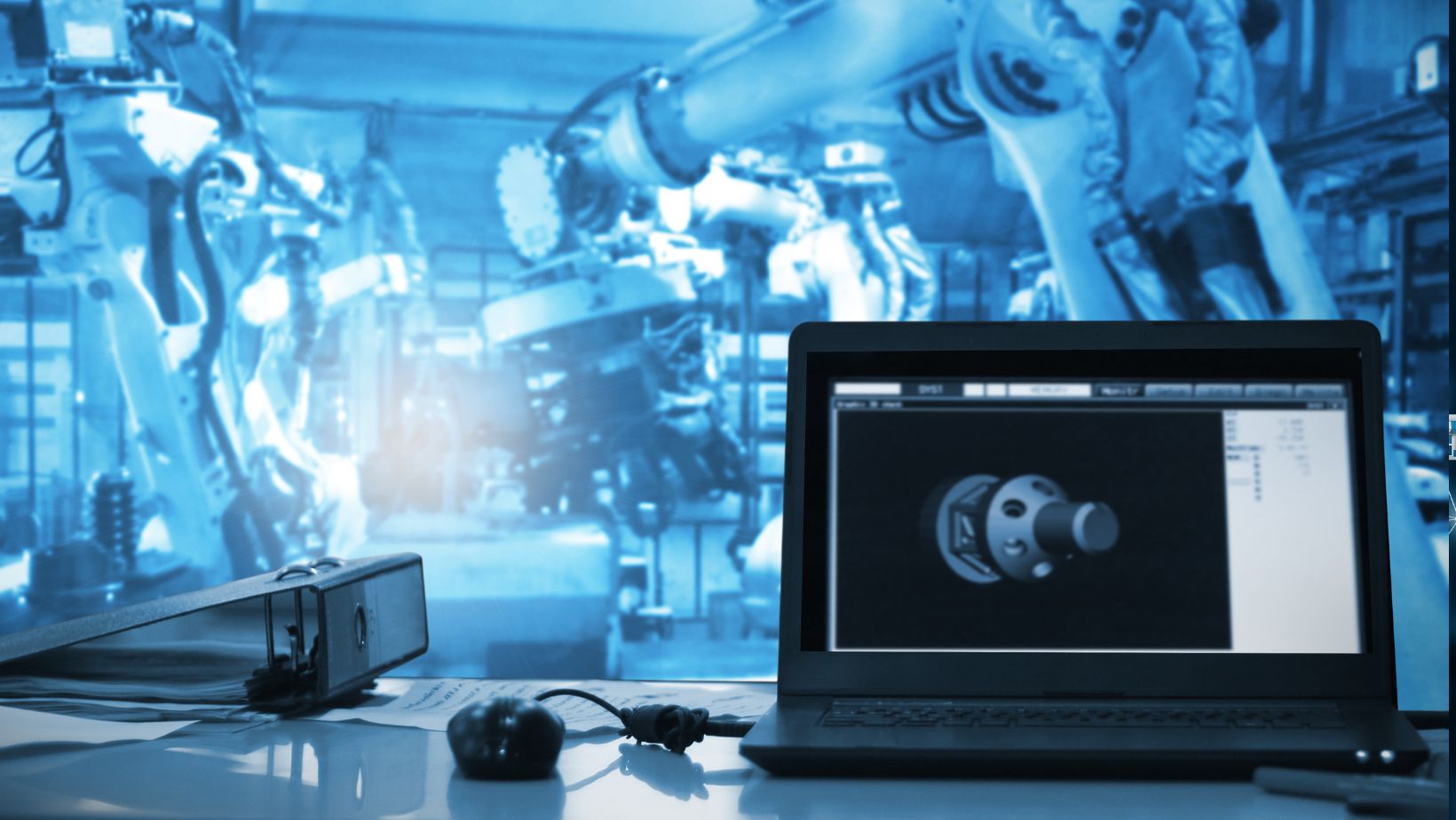How Inductive Proximity Sensors Improve Efficiency and Accuracy in Automated Systems

Automated systems are becoming a big part of our daily lives, especially in industries like manufacturing and robotics. These systems rely on various technologies to work smoothly. One of the essential technologies used is inductive proximity sensors. These sensors play a crucial role in making automated systems more efficient and accurate. In this article, we’ll explore how inductive proximity sensors work, their benefits, and why they are so important for automation.
What Are Inductive Proximity Sensors?
Inductive proximity sensors are devices used to detect the presence of metal objects without making physical contact. They are widely used in automated systems because they can sense objects quickly and reliably. The basic principle behind these sensors is electromagnetic induction.
Here’s how they work: an inductive proximity sensor has a coil that generates an electromagnetic field. When a metal object enters this field, it affects the electromagnetic field. The sensor detects this change and signals the control system, which can then take the appropriate action.
How Do They Work?
Inductive proximity sensors use a principle called electromagnetic induction. Here’s a simple breakdown of how they work:
- Electromagnetic Field Generation: The sensor generates an electromagnetic field using an oscillator circuit and a coil. This field extends out from the sensor.
- Object Detection: When a metal object comes close to the sensor, it changes the electromagnetic field. The sensor detects this change.
- Signal Processing: The sensor processes the change and converts it into an electrical signal. This signal is then sent to the control system of the automated system.
- Action Triggering: Based on the signal received, the control system can trigger specific actions, such as stopping a machine, starting a process, or adjusting settings.
Benefits of Inductive Proximity Sensors
Inductive proximity sensors offer several advantages that make them ideal for automated systems:
- Non-Contact Sensing: Unlike other sensors that require physical contact with the object, inductive proximity sensors detect metal objects without touching them. This reduces wear and tear on the sensor and the object being detected.
- High Accuracy: These sensors provide precise detection of metal objects. This high level of accuracy is crucial in automated systems where even a small error can lead to significant issues.
- Durability: Inductive proximity sensors are robust and can operate in harsh environments. They are resistant to dust, moisture, and temperature changes, making them suitable for industrial settings.
- Fast Response Time: These sensors can detect objects very quickly, which is important for systems that need to react in real time. Faster response times help in maintaining smooth and efficient operations.
- Low Maintenance: Since there is no physical contact, there is less wear and tear on the sensors. This leads to lower maintenance costs and longer sensor life.
- Versatility: Inductive proximity sensors can detect various metal objects, regardless of their size or shape. This versatility makes them useful in a wide range of applications.
Applications in Automated Systems
Inductive proximity sensors are used in many automated systems to improve efficiency and accuracy. Here are some common applications:
- Manufacturing: In manufacturing plants, these sensors are used to monitor the position of machinery and parts. They ensure that parts are correctly aligned and that machines operate smoothly.
- Robotics: Robots often use inductive proximity sensors to detect the position of tools and workpieces. This helps robots perform tasks like assembling, welding, and painting with high precision.
- Conveyor Systems: Conveyor belts use these sensors to detect the presence of items on the belt. This helps in sorting, counting, and controlling the flow of materials.
- Packaging: In packaging lines, inductive proximity sensors help in detecting and positioning packages. They ensure that packages are correctly filled, sealed, and labeled.
- Automotive Industry: In automotive manufacturing, these sensors are used to monitor the position of components and assemblies. They ensure that parts are correctly positioned during the assembly process.

- Food and Beverage Industry: In food processing and packaging, inductive proximity sensors help in maintaining hygiene and quality standards. They are used to monitor the position of containers and ensure that the processing equipment operates correctly.
How Inductive Proximity Sensors Improve Efficiency
Inductive proximity sensors contribute to improved efficiency in several ways:
- Reduced Downtime: By providing accurate and real-time detection, these sensors help prevent errors and malfunctions. This reduces the need for repairs and maintenance, leading to less downtime.
- Increased Throughput: Faster detection and response times enable automated systems to operate at higher speeds. This increases the overall production rate and throughput.
- Enhanced Process Control: Inductive proximity sensors provide precise data that can be used to control processes more effectively. This leads to better quality control and consistency.
- Energy Savings: Efficient detection helps in optimizing energy use. For example, sensors can help in controlling the operation of machinery, leading to energy savings.
- Safety Improvement: By accurately detecting objects and their positions, these sensors help prevent accidents and ensure the safe operation of automated systems.
How Inductive Proximity Sensors Improve Accuracy
Accuracy is critical in automated systems, and inductive proximity sensors play a key role in enhancing it:
- Precise Detection: These sensors can detect even small changes in the electromagnetic field caused by metal objects. This high precision ensures that objects are accurately detected and positioned.
- Consistent Performance: Inductive proximity sensors provide reliable and consistent performance, reducing the chances of errors due to sensor malfunction.
- Reduced Human Error: By automating the detection process, these sensors minimize the risk of human error. This leads to more accurate and reliable operations.
- Alignment and Positioning: Accurate detection helps in aligning and positioning objects correctly. This is crucial for tasks that require precise measurements and placements.
- Error Prevention: By detecting potential issues early, inductive proximity sensors help prevent errors and inconsistencies. This leads to better overall accuracy in automated systems.
Conclusion
Inductive proximity sensors are essential components in modern automated systems. Their ability to detect metal objects without physical contact, combined with their accuracy, durability, and versatility, makes them a valuable tool in various industries. By improving efficiency and accuracy, these sensors help automated systems operate smoothly and effectively.
As technology continues to advance, the role of inductive proximity sensors in automation will likely become even more important. Their benefits in reducing downtime, increasing throughput, and enhancing process control make them a key element in achieving operational excellence. Whether in manufacturing, robotics, or other applications, inductive proximity sensors will continue to play a crucial role in shaping the future of automation.



